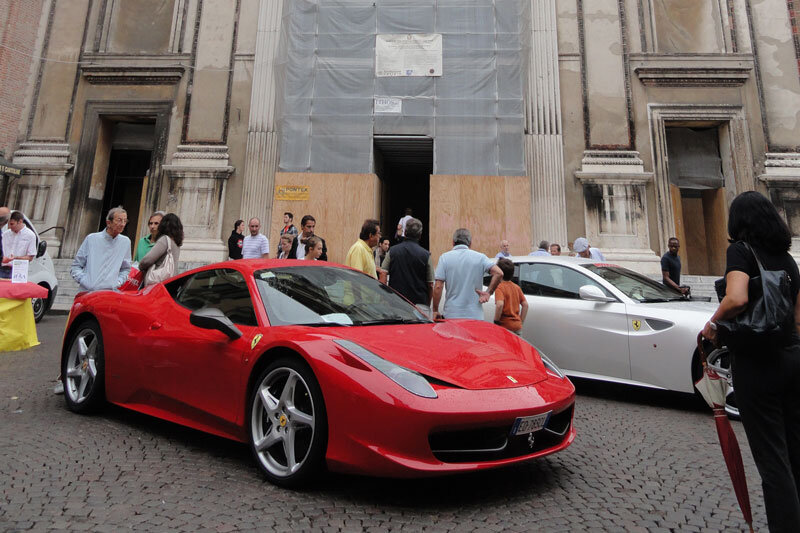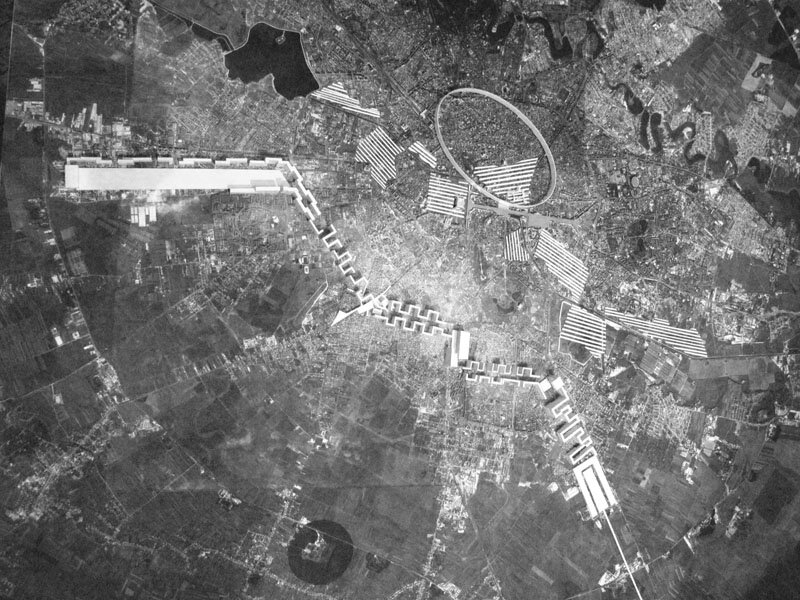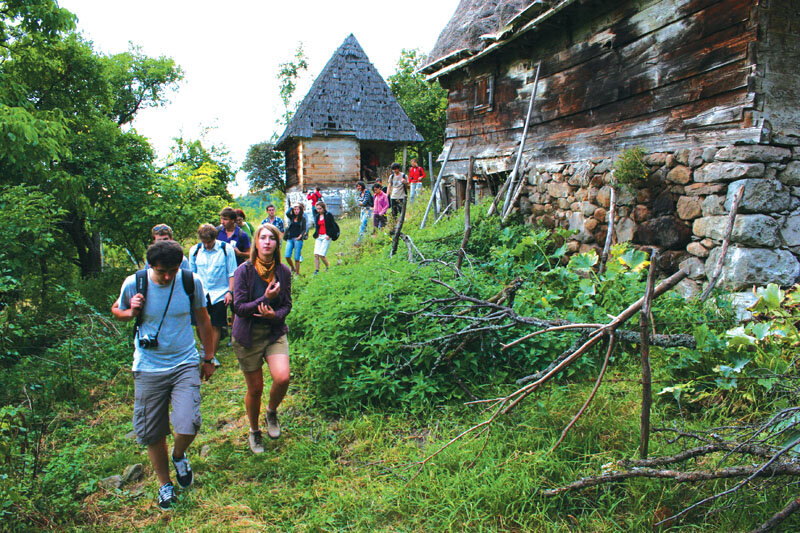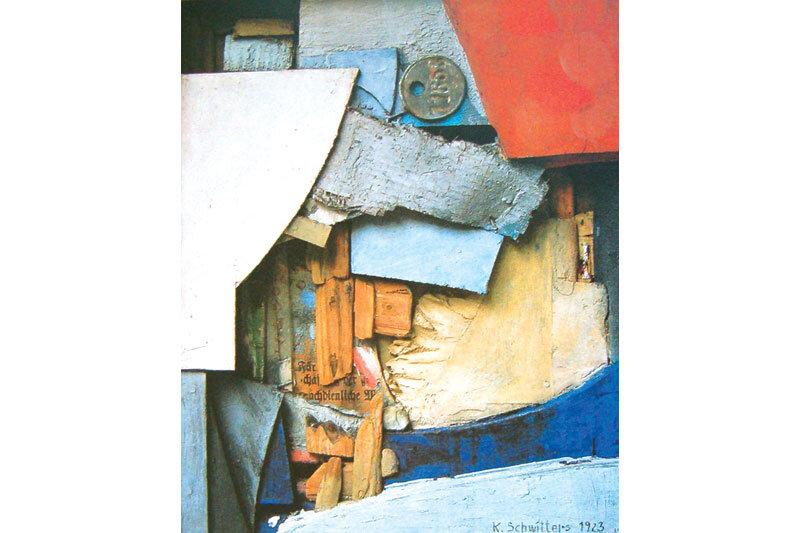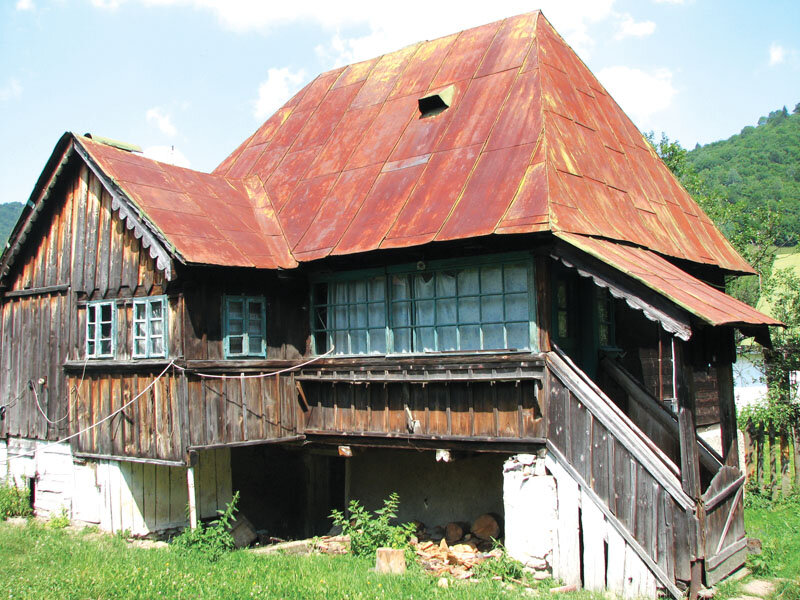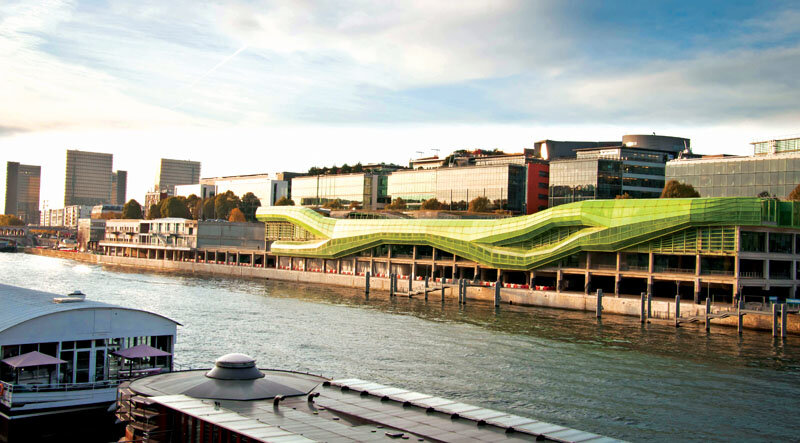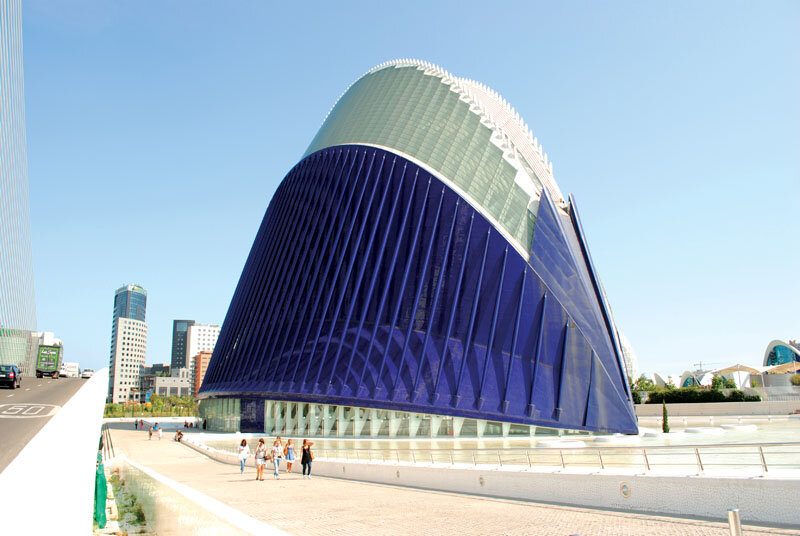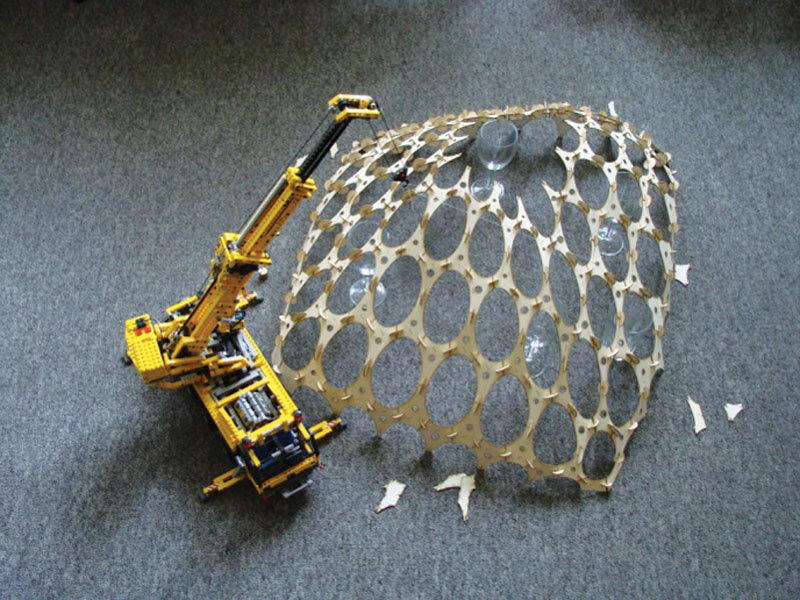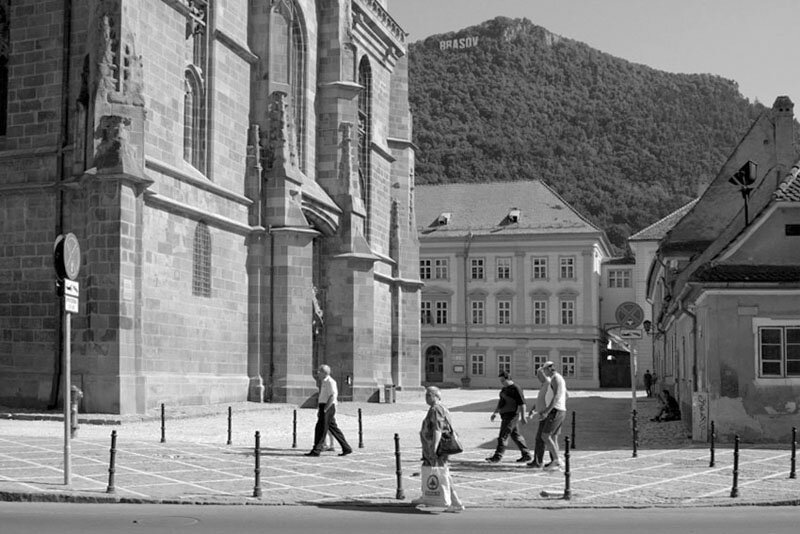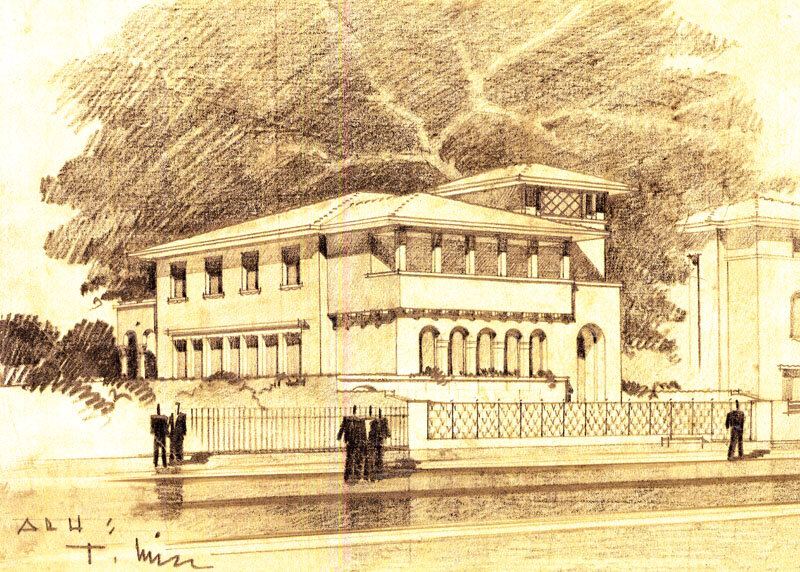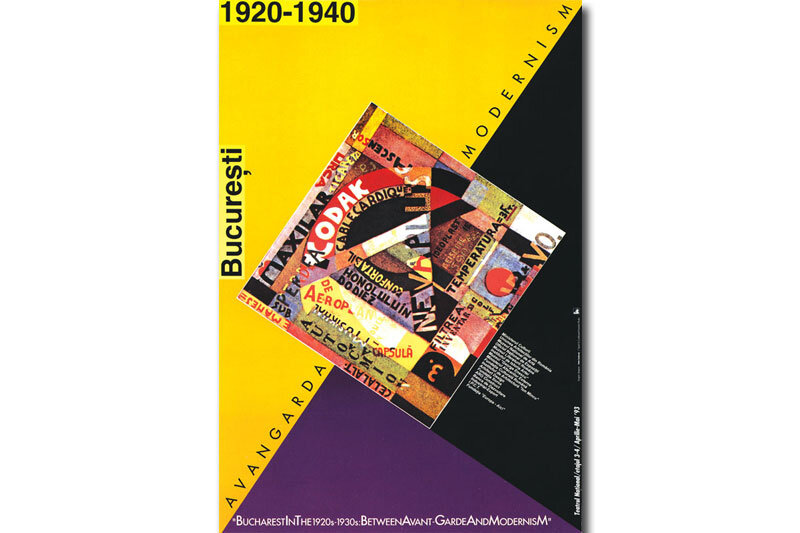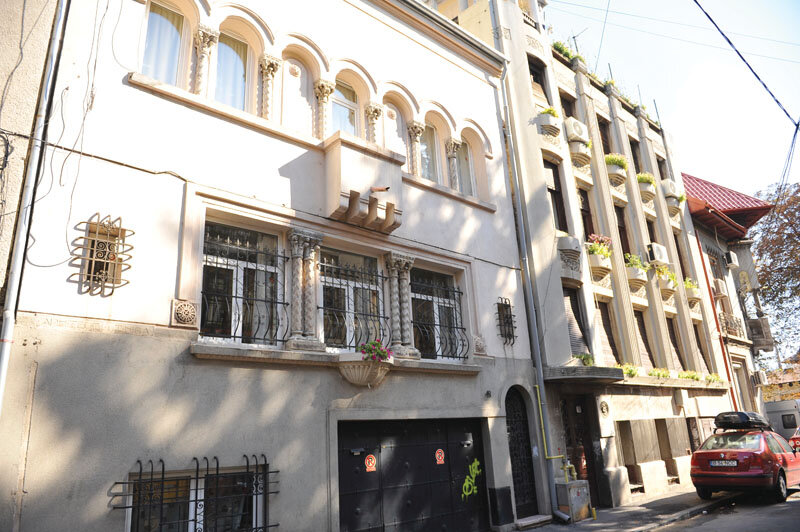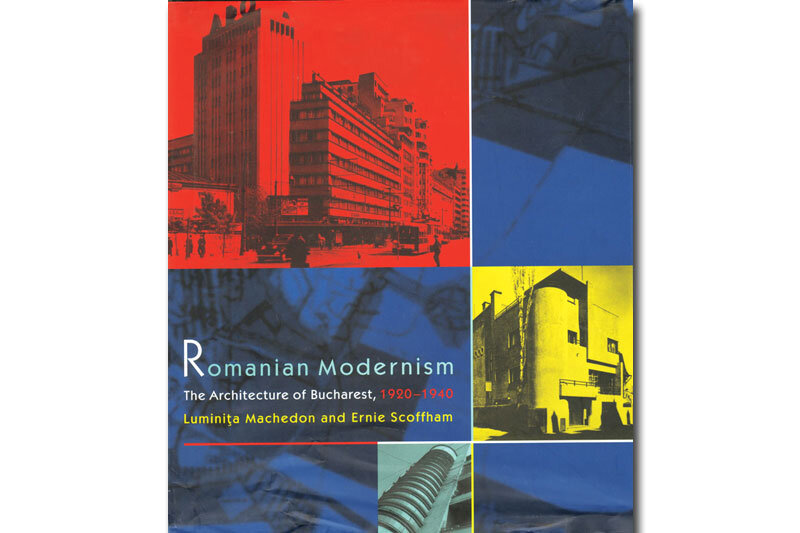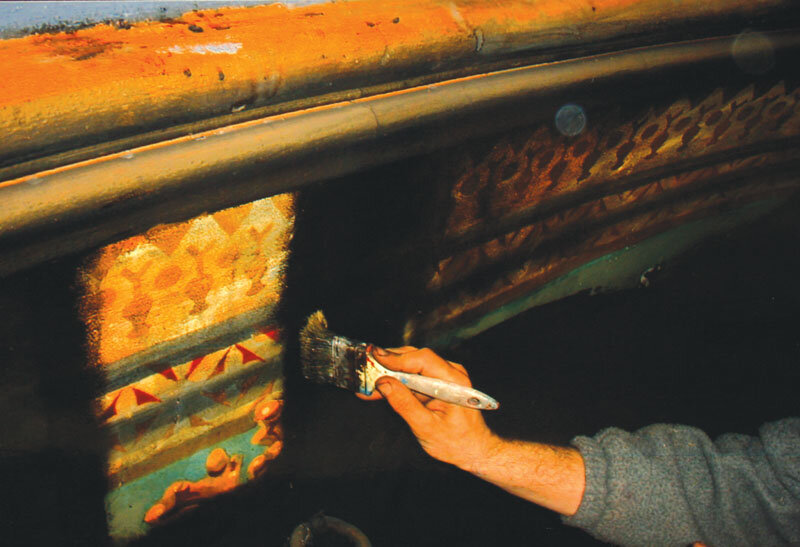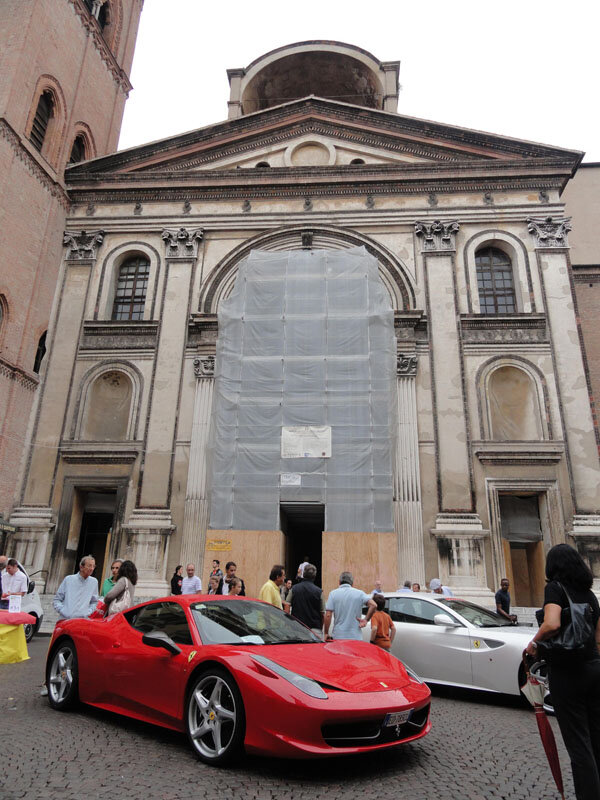
Un Ferrari și Victoria din Samothrace
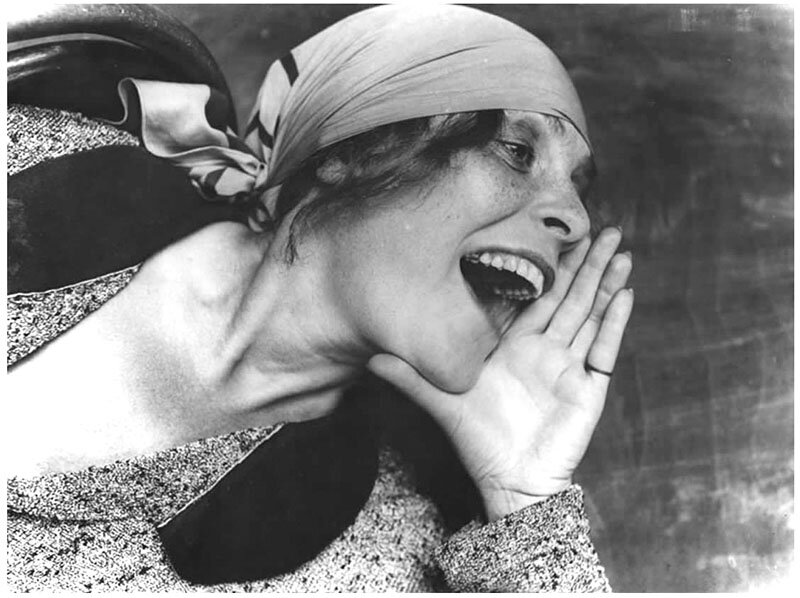
Lilya Brik, portretizată de Alexandr Rodchenko în 1924, pe coperta revistei LEF (Frontul stâng al Artei) / Lilya Brik, portrait by Alexandr Rodchenko in 1924, on the cover of „LEF” magazine (The Left Front of Art)
| Când îl contactezi pe Leon Battista Alberti așa cum a găsit de cuviință istoria să ni-l înfățișeze la Uffizi, înfofolit de sus până jos în falduri, cu o bonetă cam caraghioasă pe cap și prezentându-ne cu o mină severă un lung document scris, numai ca băiat de viață și avangardist italian nu ți-l poți închipui. Dacă mai adaugi și ceea ce am învățat – că era eruditul epocii, conștiința teoretică a Renașterii etc. – antipatia față de el e totală. Și e nedrept. Leon Battista domesticea cai, sărea peste umerii a zece oameni, arunca mărul, cu spatele rezemat de zid, peste cupola catedralei, câștiga lejer toate întrecerile cu lancea și sulița, uluia adunarea cu tot felul de acrobații sportive și nu cred că făcea toate astea drapat în anteriu până-n pământ și cu clopul pe frunte. Iar pe prieteni îi aduna ca să le cânte – că voiau ei sau nu –, ca să-i distreze, nu ca să le citească din teoriile lui și să-i plicitsească. Păcat că istoria parc-ar avea ceva împotriva oamenilor simpatici, care n-au știut din timp să se apere de ea făcându-și singuri imaginea pentru posteritate.
Eu sunt convinsă că, într-o altă organizare temporală a lumii, Leon Battista Alberti ar fi participat la circuitul de la Monza și, spre deosebire de Marinetti, n-ar fi făcut accidente. Era prea bun sportiv. Sigur n-ar fi căzut de pe cal, ca să moară, ca Boccioni. Și, deși probabil că s-ar fi băgat ca și Sant’Elia, ca neghiobul, în linia întâi la război, s-ar fi descurcat să scape cu viață. De mic, ar fi fost cel mai bun roller din parc. Iarna ar fi făcut schi acrobatic. Să fi vrut, ar fi fost cel mai bun cascador. Dar, în primul rând, ca un italiano vero ce se afla, i-ar fi plăcut mașinile și motocicletele. Ca profesionist, s-ar fi ocupat, bineînțeles, și de designul lor. Poate că l-ar fi revoluționat chiar, fiindcă era și un tip destul de tehnic. Deși nu se știe cât de mult ar fi stat pe net, prieteni pe facebook ar fi avut o grămadă, fiindcă nu știu cum făcea, dar avea timp pentru toate. Pe vremea lui, ieșea mereu în spațiul public cu prietenii, la un vin și o cântare. Astăzi l-ai găsi făcând jazz la Motoare. Îi plăcea spectacolul și, generos din fire, îi plăcea să facă spectacol, ca să le facă plăcere celor din jurul lui. În loc de biserici, cred că azi i-ar fi plăcut să proiecteze, să zicem, arhitectură pentru eveniment – structuri olimpice, amenajări de artă în spațiul public, spații pentru festivaluri. |
| Citiți textul integral în nr 5 / 2011 al Revistei Arhitectura. |
| When looking at Leon Battista Alberti as history deemed appropriate to depict him to us at Uffizi, draped from head to toe, wearing a funny hat and fluttering a lengthy document with a rather severe expression, you can imagine him as anything but a fun-loving guy and Italian avant-gardist. If you also recall what we learnt about him – that he was the scholar of his time, the theoretical conscience of the Renaissance etc. – the antipathy towards him can reach an absolute climax. And this is quite unfair. Leon Battista would tame horses, jump over the shoulders of ten men, throw an apple, his back against the wall, over the dome of the cathedral, win effortlessly all lance and spear-throwing competitions, would amaze the crowd with all sorts of sportive acrobatics, and I honestly don’t think he did all that draped in long garments, cloche hat on his forehead. And he would call his friends to sing to them – whether they wanted it or not – and to entertain them, not in order to read to them from his theories and bore them to tears. It’s such a shame that history almost seems to be having something against nice people who didn’t know how to defend themselves from it in due time, by building their own image for posterity.
I am convinved that in another form of temporal organization of the world, Leon Battista Alberti would have taken part in the Monza circuit and, unlike Marinetti, wouldn’t have caused any accidents. He was too good a sportsman for that. He surely wouldn’t have fallen off his horse and died, like Boccioni. And, although he would have probably joined the war like the fool Sant’Elia, in the first line, he would have done better and gotten out of it alive. As a kid, he would have been the best skate roller in the park. In winter would have practiced acrobatic skiing. Had he wanted to, he would have been the best stuntman. However, first and foremost, like the italiano vero that he was, he would have enjoyed cars and motorcycles. Naturally, as a professional he also would have supervised their design. Perhaps he would have also revolutionized it, because he had a fairly technical inclination. Although it is not known how much time he would have spent on the Internet, he would surely have had plenty of friends on facebook, because somehow he found time for everything. In his days, he would go out with his friends in the public space, to chat over a glass of wine and listen to some music. Nowadays you could find him playing jazz at Motoare. He enjoyed shows and, being the generous nature that he was, he enjoyed making show in order to please the people around him. Instead of churches, I think today he would have liked to design architecture for specific events – structures for the Olympic events, art spaces in the public space, spaces for festivals. |
| Read the full text in the print magazine. |

Lilya Brik, portretizată de Alexandr Rodchenko în 1924, pe coperta revistei LEF (Frontul stâng al Artei) / Lilya Brik, portrait by Alexandr Rodchenko in 1924, on the cover of „LEF” magazine (The Left Front of Art)

Filippo Tommaso Marinetti

Leon Battista Alberti, asa cum ne este el prezentat in curte la Uffizi / Leon Battista Alberti in the garden at Uffizi
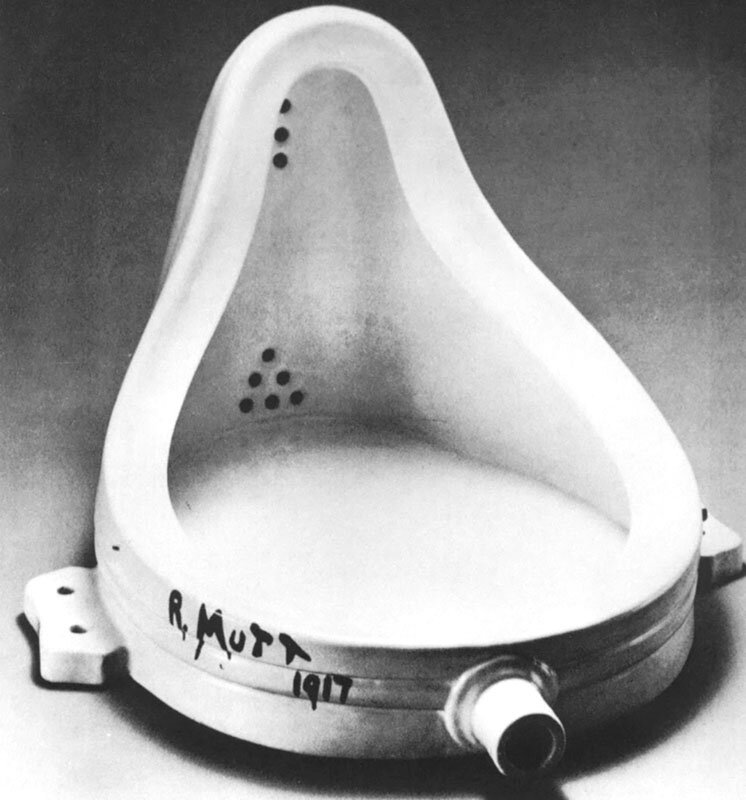
Fântâna-pisoar a lui Marcel Duchamp, New York, 1917 / Marcel Duchamp’s urinal, New York, 1917
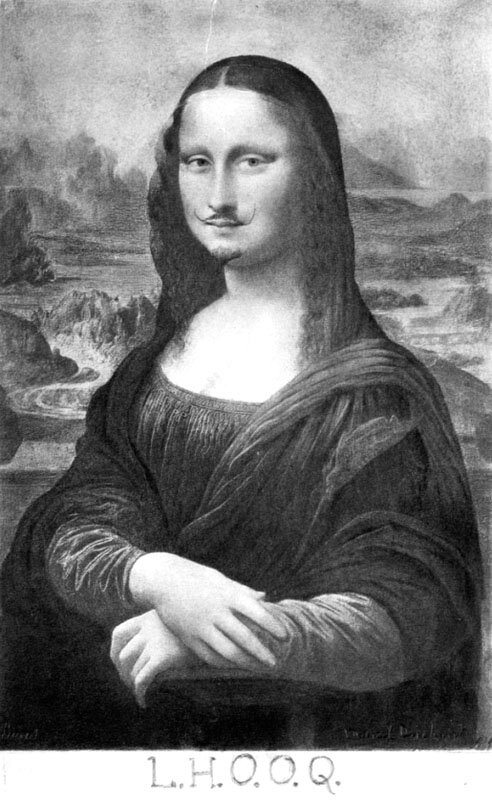
Readymade, de Marcel Duchamp, numit LHOOQ și expus în 1919. LHOOQ pronunțat în franceză sună: „Elle a chaud au cul”
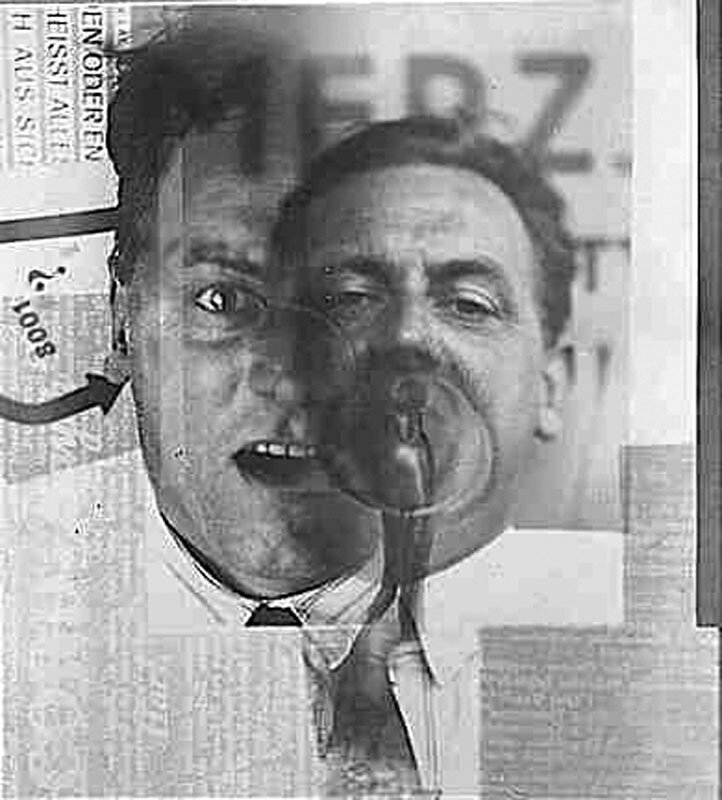
Kurt Schwitters, într-un spectacol dadaist, în care cântă sonata UR, însoțită de șuierături, răcnituri și lătrături, stupefiind publicul neobișnuit cu arta modernă
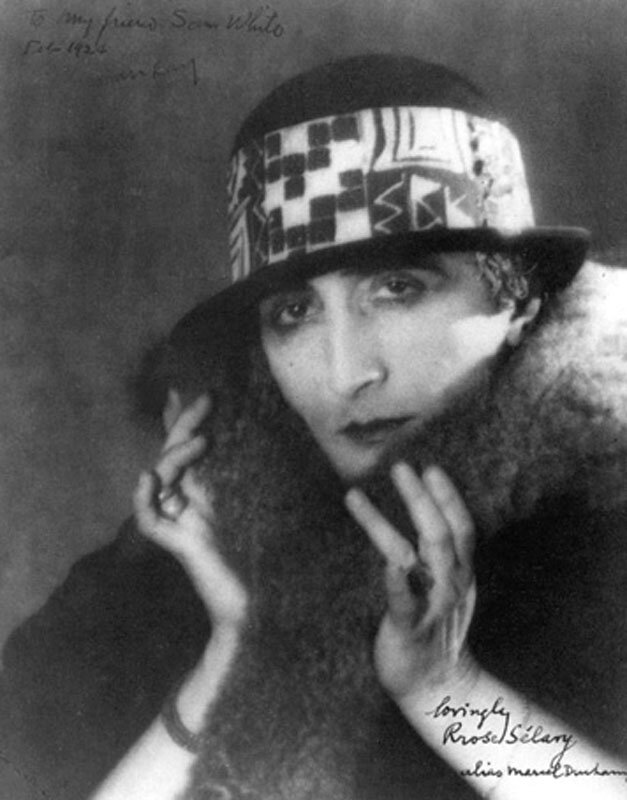
Marcel Duchamp travestit în femeie și prezentat sub numele Rrose Sélavy. Rrose poate fi decodificat drept eros sau arroser, iar Sélavy drept c’est la vie. În concluzie, interpretarea pseudonimului poate fi: Eros – „asta-i viața!” sau „să toastăm pentru viață!”
